Northern provinces are experiencing a record heat wave in early August, making choosing clothes not only a matter of aesthetics but also a "problem" of health and comfort.
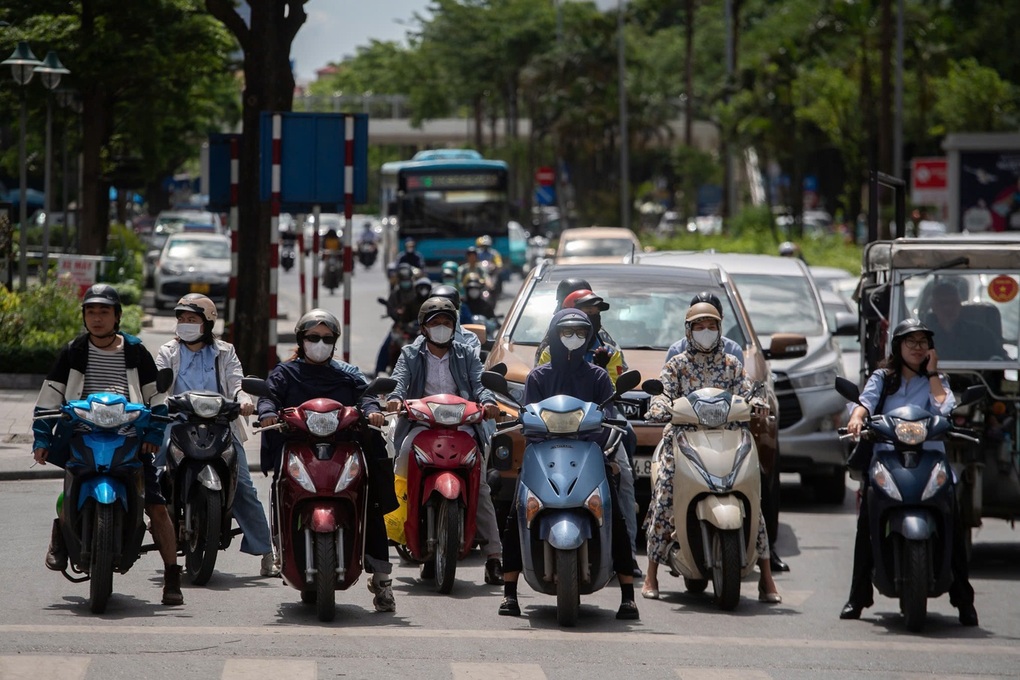
The North and Central regions are experiencing widespread hot days (Photo: Manh Quan).
Material: Prioritize breathability
According to Associate Professor Dr. Saetbyul Park, an expert in Costume Design and Textiles at Michigan State University (USA), material is the key factor.
He recommends staying away from fabrics like nylon and polyester due to their poor sweat absorption, stuffiness, and hindering the body's temperature regulation process. Especially for people who sweat a lot, these fabrics easily leave wet stains, causing unsightliness and discomfort.
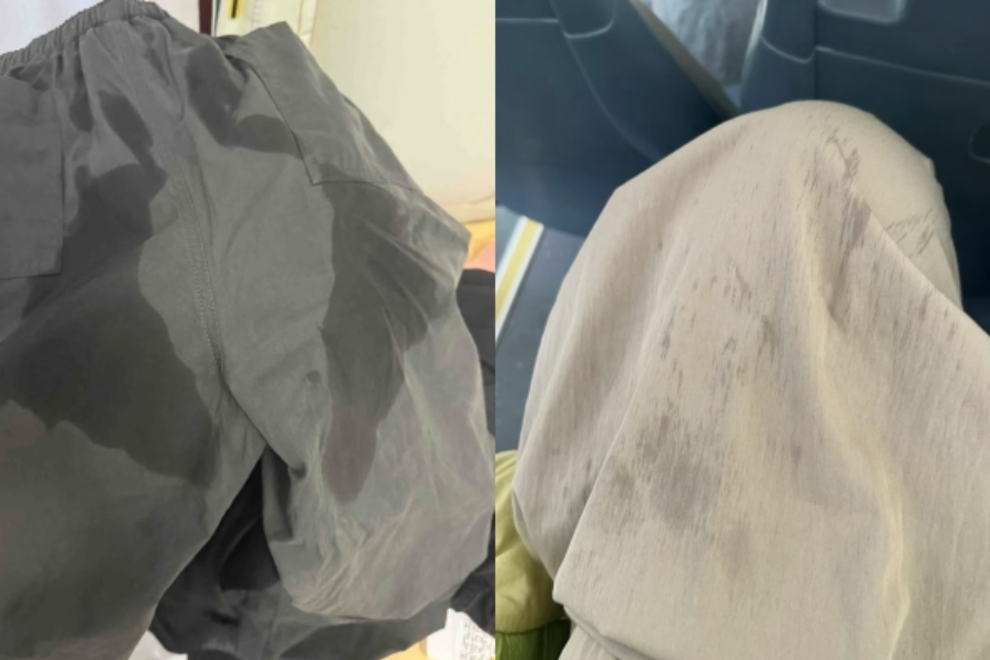
Be careful with clothes made from nylon and polyester because they can make the wearer "embarrassed" (Photo: Screenshot).
Instead, cotton and linen are the two top choices. They have good heat and moisture dissipation, are environmentally friendly, do not irritate the skin and are soft.
Linen is particularly popular because it is breathable, sweat-absorbent, lightweight, and does not cling to the skin when wet. However, the disadvantages of linen are that it has poor elasticity, wrinkles easily, and is not as durable as some other fabrics.
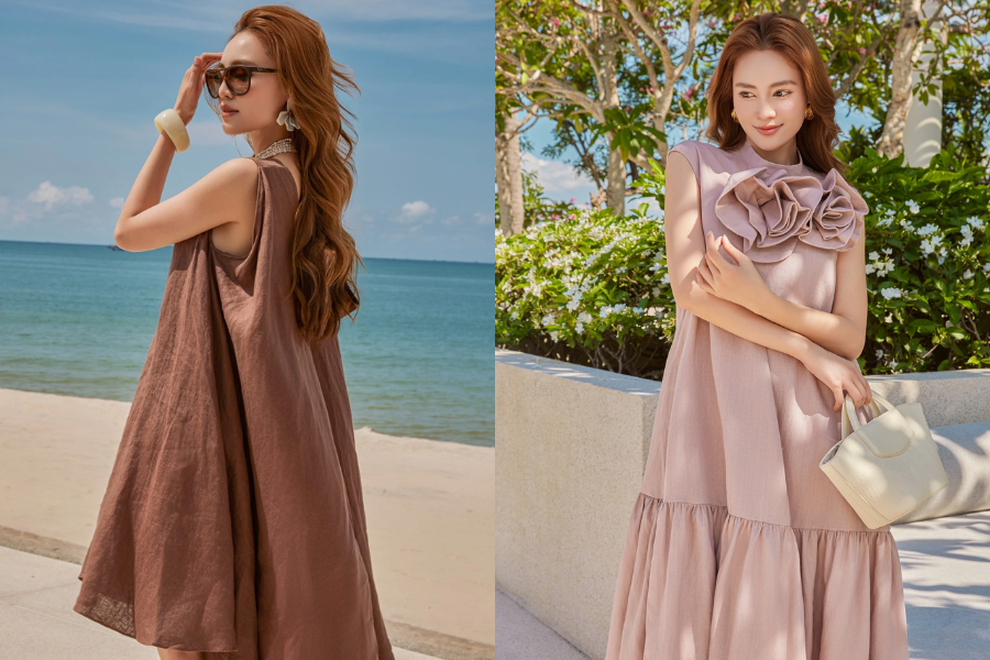
Linen is one of the popular materials in summer (Photo: Getty).
Cotton fabric also absorbs sweat well, is breathable and durable, suitable for Vietnam's hot and humid climate. However, when sweating a lot, cotton clothes can become heavy.
Color: Understand correctly to effectively prevent heat
Many people believe that light colors are better at protecting against the heat because they absorb less heat. However, according to Medical Daily, light-colored clothing is not as effective as many people think.
Light colors reflect sunlight but also reflect heat from the body back to the skin, making the wearer sweat easily and feel stuffy.
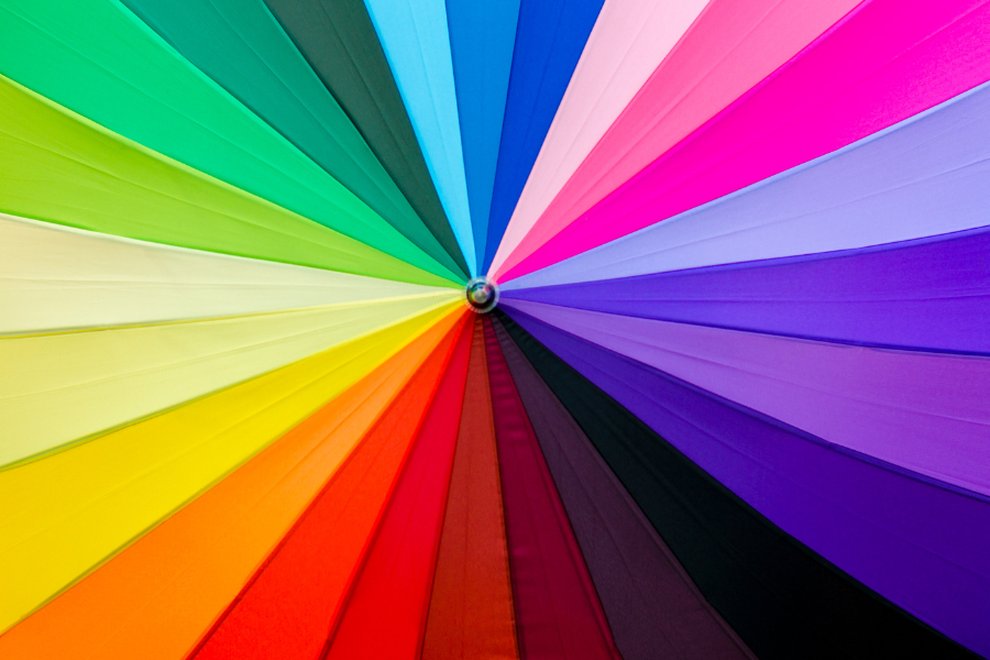
According to scientists , light colors have the property of absorbing less heat rays than dark colors (Illustration: CV).
Conversely, dark clothing, although absorbing more heat from the sun, also absorbs heat from the body, making the process of heat absorption and release easier.
Additionally, dark clothing is better at blocking ultraviolet rays. A 1980 study in the journal Nature on Bedouin clothing in the hot desert found that black clothing absorbed heat but did not transfer it to the body.
However, the most important factor is still loose, airy clothing.
The Guardian also notes that grey should be avoided as it shows sweat easily. Instead, colours like dark green or navy blue are better options as they show less difference between wet and dry.
Avoid tight clothing and accessories
Kimberly McMahon, head of the National Weather Service's Public Weather Services Program, recommends avoiding tight-fitting clothing because it traps sweat against the skin, causing discomfort and making it difficult for heat to escape.
Accessories also play an important role. Hats made of dark materials are the preferred choice. Wear sun-protective clothing, sunglasses and use sunscreen with an SPF of over 30 to protect your skin from harmful UV rays.

Wide-brimmed hats and sunglasses are indispensable accessories when going out in the summer (Illustration: CV).
Ultimately, fashion is only one part of the battle against the heat. Doctors recommend staying hydrated, limiting alcohol and soft drinks, and avoiding going outdoors during peak hours, especially between 10am and 4pm.
Source: https://dantri.com.vn/khoa-hoc/khoa-hoc-dang-sau-viec-chon-quan-ao-trong-ngay-nang-nong-gay-gat-20250806091031193.htm












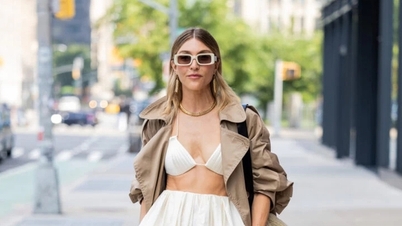
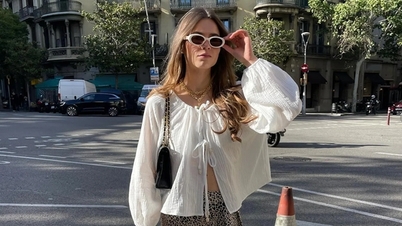
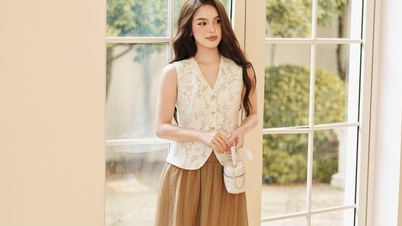
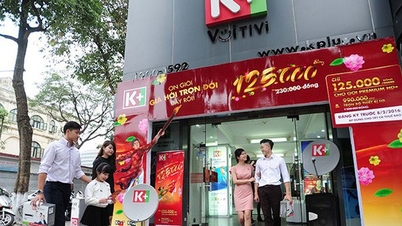





















![[Photo] Worshiping the Tuyet Son statue - a nearly 400-year-old treasure at Keo Pagoda](/_next/image?url=https%3A%2F%2Fvphoto.vietnam.vn%2Fthumb%2F1200x675%2Fvietnam%2Fresource%2FIMAGE%2F2025%2F12%2F02%2F1764679323086_ndo_br_tempimageomw0hi-4884-jpg.webp&w=3840&q=75)
![[Photo] Parade to celebrate the 50th anniversary of Laos' National Day](/_next/image?url=https%3A%2F%2Fvphoto.vietnam.vn%2Fthumb%2F1200x675%2Fvietnam%2Fresource%2FIMAGE%2F2025%2F12%2F02%2F1764691918289_ndo_br_0-jpg.webp&w=3840&q=75)
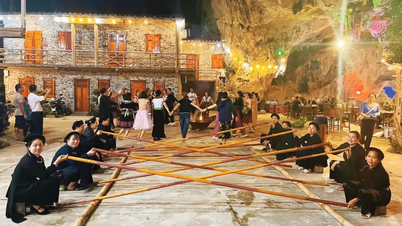


















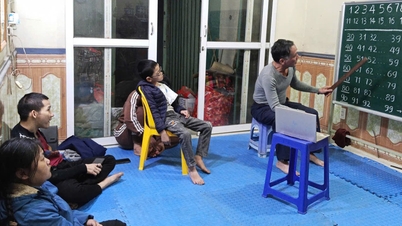

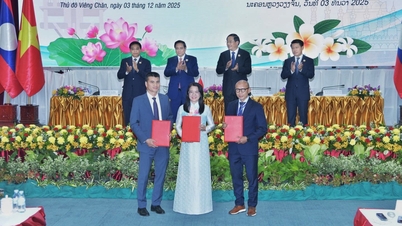




















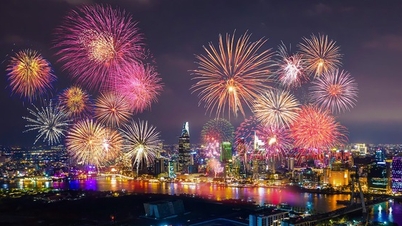










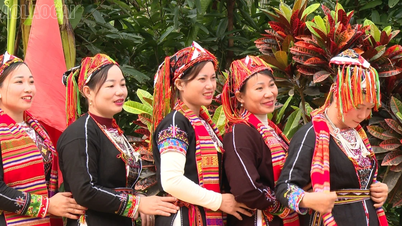















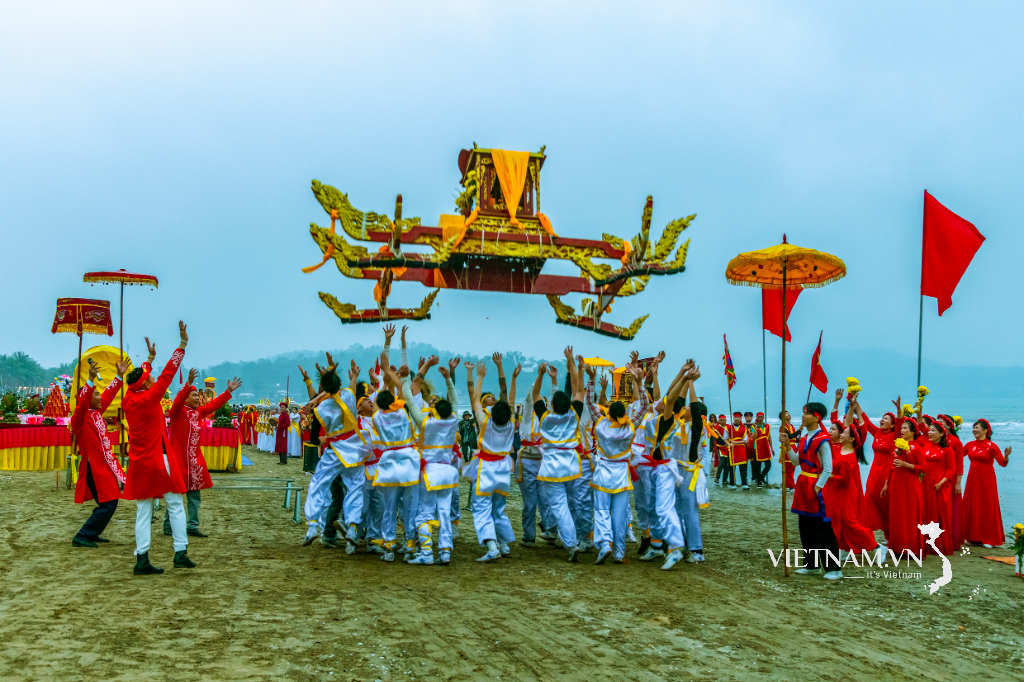
Comment (0)